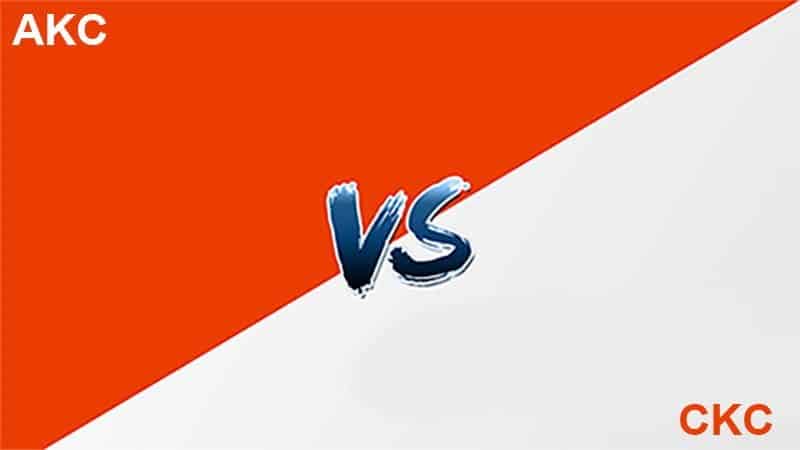Aikido and Pencak Silat are two distinct martial arts with roots in different cultures and philosophies. While both are effective forms of self-defense, they vary significantly in origin, techniques, principles, and training methodologies. This comprehensive guide will explore the differences between Aikido and Pencak Silat, shedding light on their unique characteristics and applications.
Origins and History
Aikido
- Origin: Aikido, a Japanese martial art, was developed by Morihei Ueshiba in the early 20th century. Traditional Japanese martial arts, including Jujutsu and Kenjutsu, heavily influence it.
- Philosophy: Aikido places a strong emphasis on harmony and non-violence. Its name can be translated as “the way of harmony with the spirit.”
- Founder’s Vision: Morihei Ueshiba envisioned Aikido as a means to achieve physical and spiritual enlightenment while minimizing harm to others.
Pencak Silat
- Origin: Pencak Silat, called Silat, is a traditional martial art originating from Southeast Asia, with its roots in Indonesia, Malaysia, and the Philippines.
- Cultural Significance: Silat is deeply intertwined with the cultural heritage of Southeast Asian countries and is practiced in cultural and ceremonial contexts.
- Diversity: Pencak Silat encompasses various styles and variations, with each region and school having its techniques and forms.
Philosophical and Ethical Principles
Aikido
- Harmony and Blending: Aikido’s core philosophy revolves around harmonizing with an opponent’s energy rather than opposing it. Practitioners aim to blend with the attacker’s movements.
- Non-Violence: Aikido strongly emphasizes resolving conflicts peacefully and avoiding harm to the attacker whenever possible.
- Circular Movements: Circular movements are a hallmark of Aikido techniques, allowing practitioners to redirect and neutralize an opponent’s force.
Pencak Silat
- Combat and Self-Defense: While Pencak Silat may incorporate philosophical elements, its primary focus is on combat and self-defense techniques.
- Adaptability: Silat practitioners are encouraged to adapt to various situations, using techniques appropriate for their specific threat.
- Combative Mindset: Pencak Silat is taught with a combative mindset, emphasizing the need to defend oneself effectively.
Techniques and Combat Styles
Aikido
- Joint Locks and Throws: Aikido techniques frequently involve joint locks, throws, and pins. These techniques aim to immobilize or control an opponent rather than inflict injury.
- Minimal Force: Aikido emphasizes using minimal force to redirect an attacker’s energy, making it suitable for self-defense without causing severe harm.
- Ukemi (Falling Techniques): Both attackers and defenders in Aikido practice ukemi, or falling techniques, to ensure safety during training.
Pencak Silat
- Strikes and Grappling: Pencak Silat incorporates a wide range of strikes, kicks, and grappling techniques, making it versatile in stand-up and ground combat.
- Bladed Weapons: Some styles of Silat include training in using bladed weapons such as kris (dagger) and parang (machete).
- Fluidity and Speed: Silat techniques emphasize fluid movements and rapid strikes, allowing practitioners to overwhelm opponents with offensive and defensive actions.
Training Methods
Aikido
- Kata and Forms: Aikido training involves the practice of kata (prearranged forms) to learn and refine techniques.
- Randori: Randori, or multiple-attacker sparring, is a common training method in Aikido to help practitioners develop the ability to deal with multiple threats.
- Emphasis on Cooperation: Aikido training relies on a cooperative partner who attacks and allows the practitioner to apply techniques smoothly.
Pencak Silat
- Pencak and Jurus: Pencak Silat practitioners train through sequences of movements called “pencak” and “jurus,” including solo forms and partner drills.
- Sparring: Live sparring, known as “bebas,” is an integral part of Silat training, enabling practitioners to apply techniques under realistic conditions.
- Weaponry Training: Some Silat styles include extensive training with traditional weapons, emphasizing their practical use in combat.
Attire and Uniforms
Aikido
- Gi (Uniform): Aikido practitioners wear a traditional martial arts uniform called a gi, which includes a white jacket, pants, and a belt (obi) to denote rank.
- Barefoot Training: Aikido is practiced barefoot or with special martial arts footwear (tabi) to provide stability and better ground connection.
Pencak Silat
- Variation in Attire: The attire in Pencak Silat varies widely depending on the style, school, and cultural context. It can include traditional clothing, uniforms, or even everyday attire.
- Footwear: Some Silat styles involve training with traditional footwear, while others may train barefoot.
Cultural and Ceremonial Aspects
Aikido
- Cultural Connection: Aikido maintains a strong connection to Japanese culture and traditions, with some dojo (training halls) incorporating rituals and etiquette into training.
- Ceremonial Practices: Aikido may include bowing, meditation, and other ceremonies as part of its training.
Pencak Silat
- Cultural Significance: Pencak Silat is deeply rooted in the cultural heritage of Southeast Asia and features in cultural events, ceremonies, and traditional performances.
- Diverse Practices: Ceremonial aspects in Silat can vary widely across regions and schools, reflecting the diversity of Southeast Asian cultures.
Application and Modern Usage
Aikido
- Self-Defense and Personal Growth: Aikido is commonly practiced for self-defense and personal growth. Its focus on non-violence aligns to resolve conflicts peacefully.
- Limited Competitive Sport: Aikido has limited competitive or sport-oriented aspects compared to other martial arts.
Pencak Silat
- Self-Defense and Combat: Pencak Silat strongly emphasizes self-defense and combat effectiveness, making it a practical choice for personal protection.
- Sport and Competition: Silat has a competitive aspect, with various styles participating in sporting events and competitions at local and international levels.
Popularity and Global Reach
Aikido
- Global Presence: Aikido has a global presence with practitioners and dojos worldwide. It is taught as a martial art focusing on self-defense and personal development.
Pencak Silat
- Regional Focus: Pencak Silat is more regionally focused, with its strongest presence in Southeast Asia. While it is gaining popularity internationally, it remains relatively less widespread than Aikido.
Conclusion
In conclusion, Aikido and Pencak Silat are distinct martial arts with unique origins, philosophies, techniques, and training methodologies. Aikido places a strong emphasis on harmony, non-violence, and minimal force, making it suitable for self-defense and personal growth.
On the other hand, Pencak Silat is deeply rooted in Southeast Asian culture and is known for its versatility in combat, including strikes, grappling, and weaponry. The choice between these martial arts depends on individual goals, interests, and the cultural context in which one wishes to train.

























